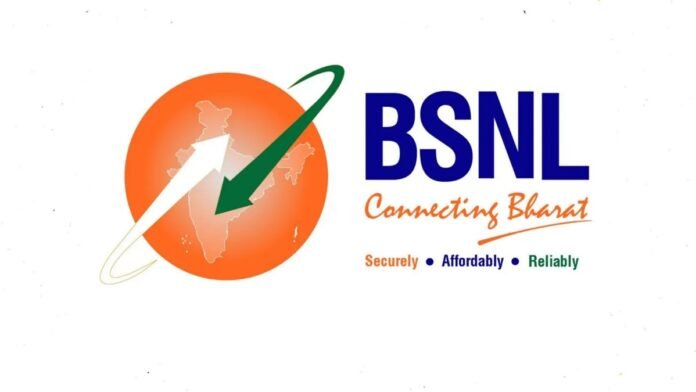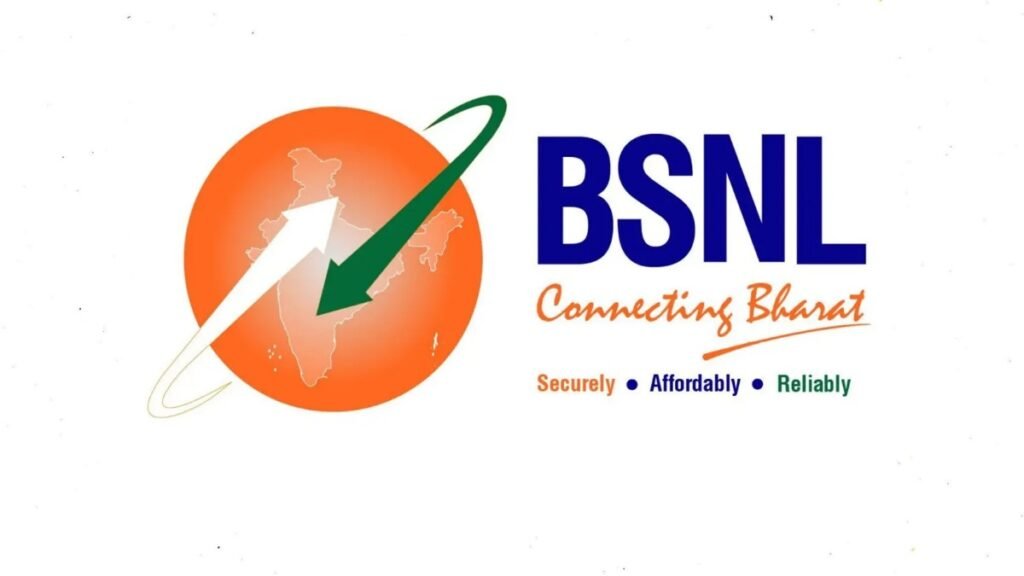
Key Highlights:
- Major Workforce Cut: BSNL aims to reduce its employee count by 35%, targeting 18,000–19,000 staff reductions through the second Voluntary Retirement Scheme (VRS).
- Financial Aid Request: The telecom giant has sought ₹15,000 crore from the Finance Ministry to fund the VRS initiative.
- Salary Overhaul: The company plans to cut its salary expenditure from ₹7,500 crore to ₹5,000 crore annually.
- Revenue and Debt Concerns: Despite a slight revenue increase in FY 2024 to ₹21,302 crore, BSNL struggles with debt, requiring multiple revival packages from the government.
- Lagging in 4G Rollout: While private telecom giants have rolled out 5G services, BSNL is still struggling to fully implement 4G technology, nearly a decade after its launch in India.
New Delhi: The Department of Telecommunications (DoT) is gearing up to introduce a second Voluntary Retirement Scheme (VRS) for employees of Bharat Sanchar Nigam Limited (BSNL). The move is part of a broader strategy to reduce costs, streamline operations, and improve the financial health of the struggling government-owned telecom company.
According to a report by the Economic Times, the DoT plans to seek approval from the Finance Ministry to implement this scheme, which aims to reduce BSNL’s workforce by 35%. The reduction will target around 18,000–19,000 employees out of the current workforce of over 55,000.
Reducing Salary Burden
One of BSNL’s significant financial challenges is its high salary expenditure, which accounts for 38% of its total revenue. Currently, ₹7,500 crore is spent annually on employee salaries. The VRS is expected to bring this down to ₹5,000 crore, allowing the company to allocate resources toward modernizing its infrastructure and services.
VRS Proposal Details
To fund this large-scale workforce reduction, BSNL has requested ₹15,000 crore from the Finance Ministry. If approved, the proposal will be presented to the Union Cabinet for final clearance.
Previous VRS Implementation
This isn’t the first time BSNL has resorted to VRS. In 2019, the company offered a similar scheme, resulting in 78,569 employees opting for voluntary retirement. Back then, BSNL’s workforce was approximately 1.5 lakh.
Government Revival Packages
Over the years, the central government has extended substantial financial support to BSNL through three revival packages:
- 2019: ₹69,000 crore package aimed at stabilizing BSNL and MTNL.
- 2022: ₹1.64 lakh crore package focused on upgrading BSNL to 4G technology.
- 2023: ₹89,047 crore package designed to enable 4G and 5G rollout, strengthen the balance sheet, and expand the fiber network.
Challenges in Telecom Services
Despite receiving significant government aid, BSNL continues to lag behind private sector competitors like Reliance Jio and Airtel, both of which have successfully launched 5G services across India. BSNL has yet to fully deploy 4G services, which were introduced in India in 2014. This technological delay puts the company at a disadvantage in a competitive market.

With the second VRS on the horizon, BSNL aims to address its financial and operational challenges. However, the company’s ability to modernize its services and regain market share remains a pressing concern. The successful rollout of 4G and eventual transition to 5G will be crucial for the company’s survival in the rapidly evolving telecom sector.
As BSNL works to streamline its workforce and operations, its future hinges on efficient use of revival funds and its ability to compete with private players.














































